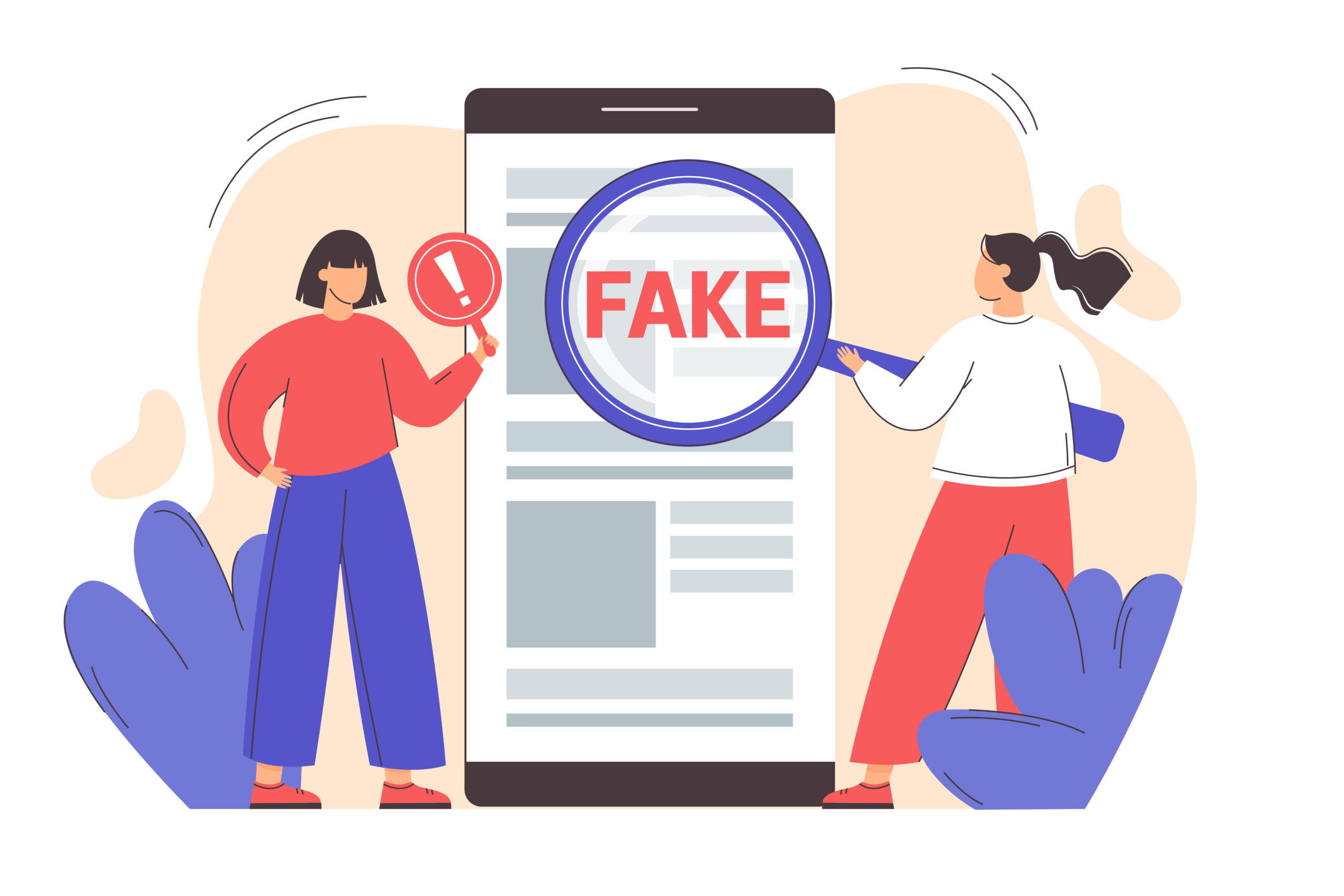
Transparency and Authenticity in Influencer Partnerships
Introduction
In the age of social media marketing, influencer partnerships have emerged as a powerful tool for brands to connect with audiences in a more personal and engaging way. However, with increasing scrutiny from consumers and regulators, transparency and authenticity have become critical factors in determining the success of these partnerships. Audiences today value honesty, openness, and real experiences over overly-polished promotional content.
This comprehensive article delves into why transparency and authenticity are essential in influencer marketing, how they impact consumer trust and brand reputation, and the best practices for building genuine, compliant influencer collaborations.
Section 1: Understanding Transparency and Authenticity
What is Transparency in Influencer Marketing?
Transparency refers to openly disclosing the nature of a partnership between a brand and an influencer. This includes:
Using proper tags and disclosures (#ad, #sponsored)
Clearly communicating when a post is paid or incentivized
Following legal requirements such as FTC guidelines
What is Authenticity in Influencer Marketing?
Authenticity means staying true to one’s voice, beliefs, and content style. For influencers, this involves:
Promoting products they genuinely use and support
Maintaining consistency in tone and messaging
Avoiding over-commercialization or misrepresentation
Why They Matter
Consumer Trust: Transparent and authentic content fosters credibility.
Legal Compliance: Avoids fines and reputational damage.
Long-Term Brand Value: Authentic endorsements drive real influence.
Section 2: The Rise of Influencer Marketing and Its Challenges
Growth of Influencer Marketing
Influencer marketing is expected to grow into a $24 billion industry by 2025.
Brands increasingly allocate large portions of their budget to social media influencers.
Challenges in the Space
Fake Followers and Engagement: Reduces ROI and misleads brands.
Lack of Disclosure: Leads to consumer distrust and legal issues.
Content Misalignment: Inauthentic partnerships can damage brand identity.
Saturation: Too many brand deals make influencers appear sales-driven.
Section 3: How Transparency Builds Trust
The Trust Economy
Influencers are only effective if their audiences believe them.
Hidden sponsorships or unclear messaging erode this trust quickly.
Transparency Best Practices
Clear Disclosure: Use platform-approved tags like #ad or #sponsored.
Native Integration: Seamlessly incorporate disclosures into captions and videos.
Honest Reviews: Share pros and cons to show balanced judgment.
Open Communication: Influencers should address the paid nature of a collaboration candidly.
The Legal Side
Regulatory bodies like the FTC (USA), CMA (UK), and ASCI (India) require disclosure of paid content.
Non-compliance can lead to warnings, fines, and public backlash.
Section 4: Authenticity as a Brand and Influencer Imperative
Why Authenticity Matters
86% of consumers say authenticity influences their purchasing decisions.
Authentic influencers enjoy higher engagement and longer-lasting partnerships.
Traits of Authentic Influencer Content
Personal storytelling
Behind-the-scenes content
Real-life product demonstrations
Honest pros and cons
Consistency in brand voice and aesthetic
Brand Alignment
Choose influencers whose values align with your brand.
Look for creators who are already fans of your products.
Examples of Authentic Collaborations
Micro-influencers sharing unfiltered experiences
Long-term partnerships instead of one-off promotions
Influencers who maintain creative control
Section 5: Red Flags in Inauthentic and Non-Transparent Campaigns
Signs of Inauthenticity
Overly scripted content
Mismatch between influencer and brand
No prior brand mentions before sponsorship
Sudden shifts in tone or aesthetic
Risks for Brands
Loss of credibility
Consumer backlash
Reduced campaign effectiveness
Negative press or regulatory action
Section 6: Building Transparent and Authentic Influencer Relationships
Step-by-Step Strategy
Identify the Right Influencers
Look at engagement, audience authenticity, content quality, and brand alignment.
Define Campaign Objectives Clearly
Set goals around awareness, engagement, traffic, or conversions.
Encourage Creative Freedom
Let influencers create content in their voice and style.
Enforce Disclosure Policies
Include clear disclosure requirements in contracts.
Review and Approve Collaborations Thoughtfully
Check for content tone, legal compliance, and brand consistency.
Measure and Optimize
Track KPIs like engagement rate, reach, sentiment analysis, and conversions.
Long-Term Collaborations
Offer ongoing partnerships to foster deeper connections and trust.
Co-create campaigns with shared goals and inputs.
Section 7: Tools and Platforms Supporting Transparency
Influencer Platforms
AspireIQ – Collaboration tools with contract management and compliance features.
CreatorIQ – Offers in-depth analytics and campaign tracking.
Upfluence – Focuses on authenticity through data-driven vetting.
Analytics Tools
HypeAuditor – Identifies fake followers and checks for authenticity.
Noxinfluencer – YouTube-focused influencer tracking and performance.
Social Blade – Tracks audience growth and engagement rates.
Contract and Disclosure Templates
Ensure contracts include disclosure requirements, creative guidelines, and performance expectations.
Section 8: Case Studies and Real-World Examples
Case Study 1: Glossier’s Micro-Influencer Strategy
Relied on real customers with small followings
Authentic testimonials and organic growth
Case Study 2: Fyre Festival’s Misleading Influencer Promotions
Lack of transparency led to massive public backlash
Legal action against influencers and loss of consumer trust
Case Study 3: Daniel Wellington’s Long-Term Partnerships
Focused on authentic content over quantity
Built brand loyalty and consistent messaging
Section 9: The Future of Transparent and Authentic Influencer Marketing
Trends to Watch
AI-Driven Vetting: Identifying genuine influencers through advanced tools.
Creator-Led Brands: Influencers launching their own products.
Audience-Led Campaigns: Consumers influencing future content.
Sustainability and Ethics
Influencers will face greater accountability for their partnerships.
Transparency and authenticity will be table stakes, not differentiators.
Conclusion
In an increasingly skeptical digital landscape, transparency and authenticity in influencer partnerships are not just nice-to-haves—they’re essential. By choosing the right influencers, enabling honest communication, and enforcing compliance, brands can build lasting relationships that truly resonate with audiences. Influencer marketing is evolving, and those who prioritize trust will lead the next era of social media influence.
Let me know if you’d like this tailored to a specific industry, platform, or audience!
Author

